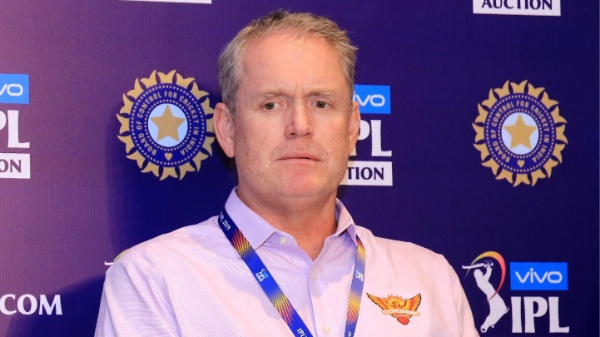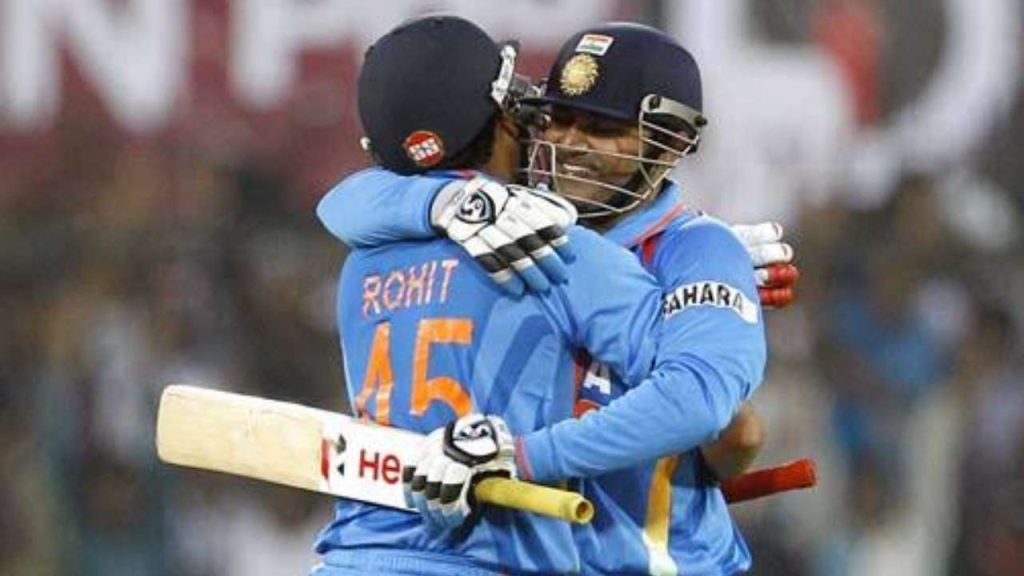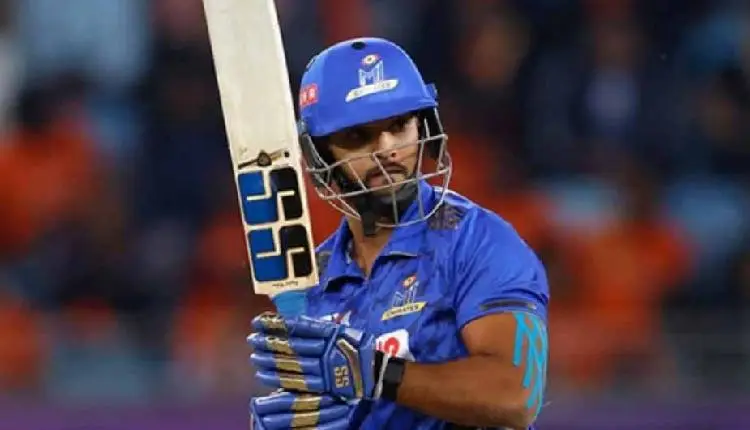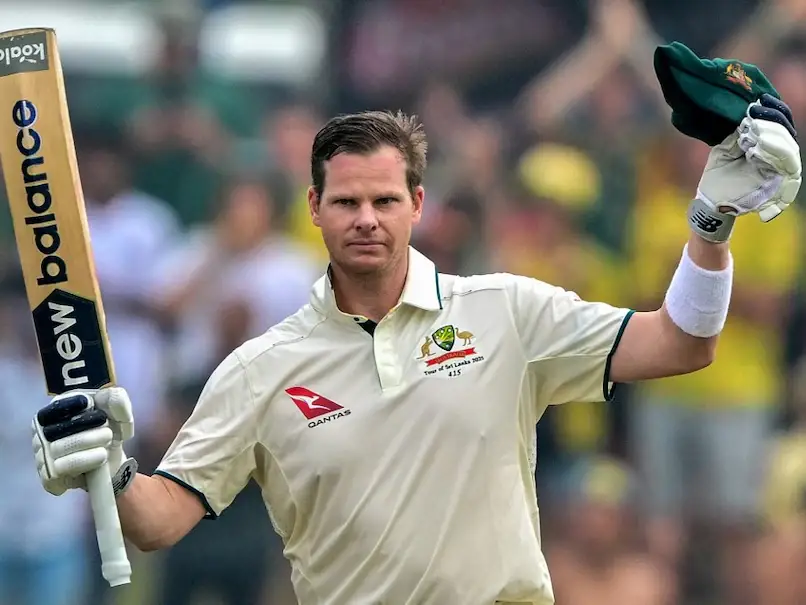Now Reading: Will Franchise Cricket Overtake International Cricket? Future of T20 Leagues vs. National Teams
-
01
Will Franchise Cricket Overtake International Cricket? Future of T20 Leagues vs. National Teams
Will Franchise Cricket Overtake International Cricket? Future of T20 Leagues vs. National Teams

Will Franchise Cricket Overtake International Cricket? Exploring the Future of T20 Leagues vs. National Teams
In recent years, franchise cricket, led by flagship tournaments like the IPL (Indian Premier League), SA20, and BBL, has dramatically altered the landscape of the sport. With viewership and financial investment at an all-time high, fans and experts alike are asking: Will franchise league cricket overtake traditional international formats like Test matches and ODIs? Is cricket heading toward a club-based model similar to football?
The Rise of Franchise Cricket Leagues
The relentless growth of T20 leagues can’t be ignored. In a single two-month window from December to February, global cricket fans could watch nearly 280 matches—including both franchise and international games. This explosion of content, bolstered by the popularity of tournaments such as IPL, BBL, BPL, and SA20, has created a near year-round cricket calendar. The stakes are higher, the paychecks bigger, and the reach wider than ever before.
What Are the Key Drivers Behind Franchise Cricket’s Popularity?
- Entertainment and Format: T20’s fast-paced action caters to younger audiences, making it more television and streaming-friendly.
- Financial Incentives: Players are lured by lucrative contracts, often far exceeding their national team payrolls.
- Star Power: Iconic international players playing for club sides increases global appeal.
- Continuous Action: Multiple leagues running back-to-back—and sometimes overlapping—deliver non-stop cricket.
The Ongoing Value of International Cricket
Despite the surge of franchise events, Tests, ODIs, and ICC tournaments like the Cricket World Cup and The Ashes retain immense prestige. Representing one’s country is still a matter of pride for players and fans. As Dinesh Karthik, a veteran of both international and franchise cricket, says, “International cricket has a very strong place in the game. Certain formats need tinkering, but international cricket needs to exist for the game to be in a healthy place consistently.”
Expert Insights: Coexistence or Supremacy?
According to Tom Moffat, CEO of the World Cricketers’ Association, it’s not a simple battle of money versus tradition. “Franchise leagues bring new challenges but have also brought a lot of great things to cricket. We have talked for a long time about balance… so both can thrive.”
Former South African captain Faf du Plessis echoes these sentiments. He believes franchise leagues are a “real threat” to international cricket unless systems evolve to allow both to coexist, much like football’s club and international calendars.
What Threats Does Franchise Cricket Pose to International Formats?
- Scheduling Clashes: Increasing overlap leading to top players missing national duty.
- Talent Drain: Potential decline in domestic and national quality if top talent chases league paychecks.
- Fan Fatigue: Oversaturation of matches—can viewers and players sustain the pace?
Are We Heading Towards a Football-Style Cricket Model?
Many see the writing on the wall: leagues are driving the business, funding infrastructure with private investment, and cultivating fanbases no longer tied to national identity. However, international cricket remains the foundation for talent pipelines globally and the main driver of revenue via major ICC events.
What Does the Future Hold?
The next decade is pivotal. Instead of one format replacing the other, we’re likely to see increased coexistence:
- Greater regulation of league numbers and player availability
- A balance of international windows and club seasons
- National pride retained through major Test series and ICC events
Conclusion
While franchise T20 cricket is rewriting the rules and challenging the prominence of international cricket, both formats are essential for the sport’s global health and growth. The path forward lies in finding a sustainable model where both can flourish, ensuring cricket fans continue to enjoy the best of both worlds.


















